The disruption of the coronavirus pandemic has been tough on everyone including kids. As children safely resume outdoor play, each child will experience the playground differently. For kids with sensory processing challenges—5 to 16% of school-aged children—regulating their bodies and emotions through play is especially critical.
For Sensory Awareness Month, which is in October, we’re sharing the importance of creating inclusive playground environments.
According to Virginia Spielmann, executive director at the STAR Institute for Sensory Processing Disorder, for many kids with sensory processing difficulties, a traditional playground doesn’t offer the same opportunities to master physical challenges, gain social confidence or hone fine motor skills.
To highly sensitive children, the intense experiences of a playground like the spin of a merry-go-round or the tussle of kids on the monkey bars can feel like an assault on their senses. In other cases, children may seek out external stimulation.
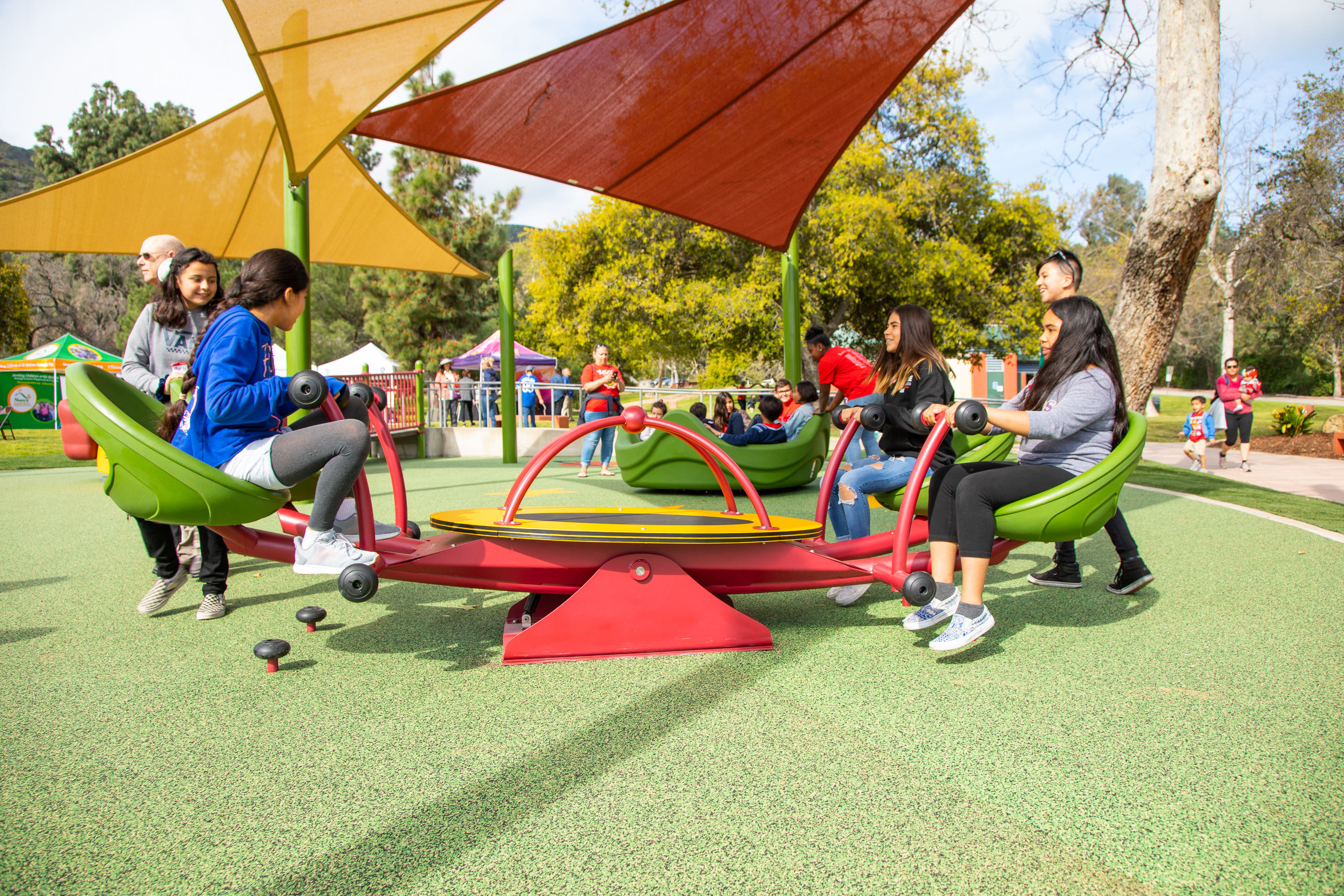
“Kids may react strongly and with enthusiasm to this external stimuli, or they may retreat,” explained Spielmann. “And often, they can’t match the motor skills of other children, which makes them feel even more different and isolated—especially on a traditional playground.”
The right play equipment can make all the difference. And today’s thoughtfully designed playgrounds have evolved into places that foster all-sensory experiences for every child.
At Landscape Structures, our product and playground designers are educated and interested in how kids with special needs experience the world, which informs their approach and designs—and makes an enormous difference in the final product.
That insight translates to subtle equipment details in materials, shapes, movement or orientation. For example, a playstructure with built-in tactile elements invites children to explore a variety of textures and shapes and helps them to integrate multiple tactile experiences.
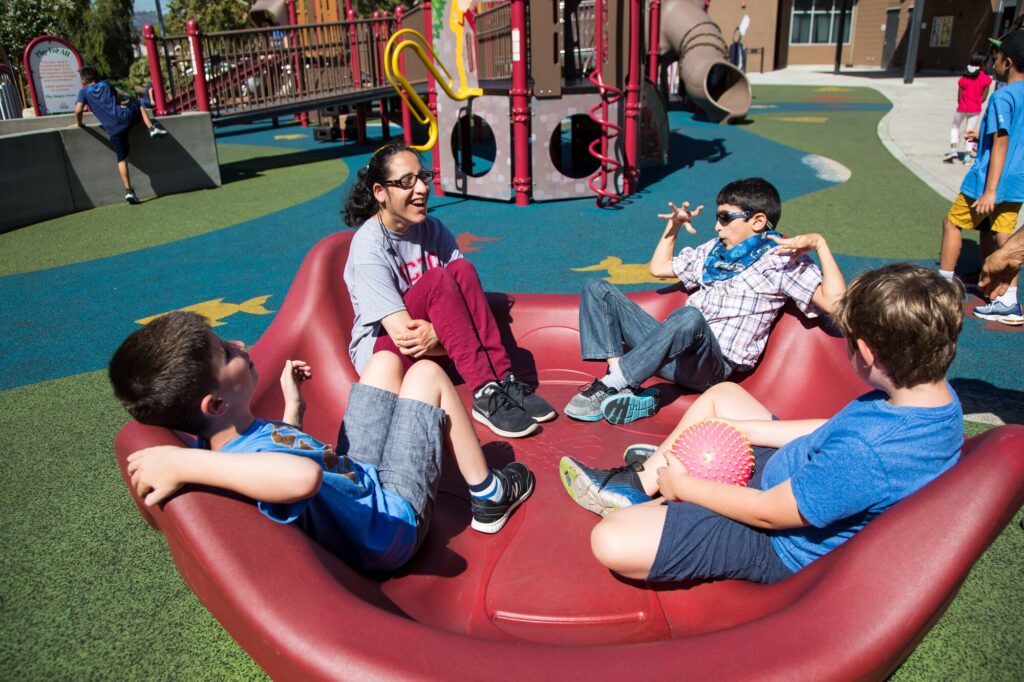
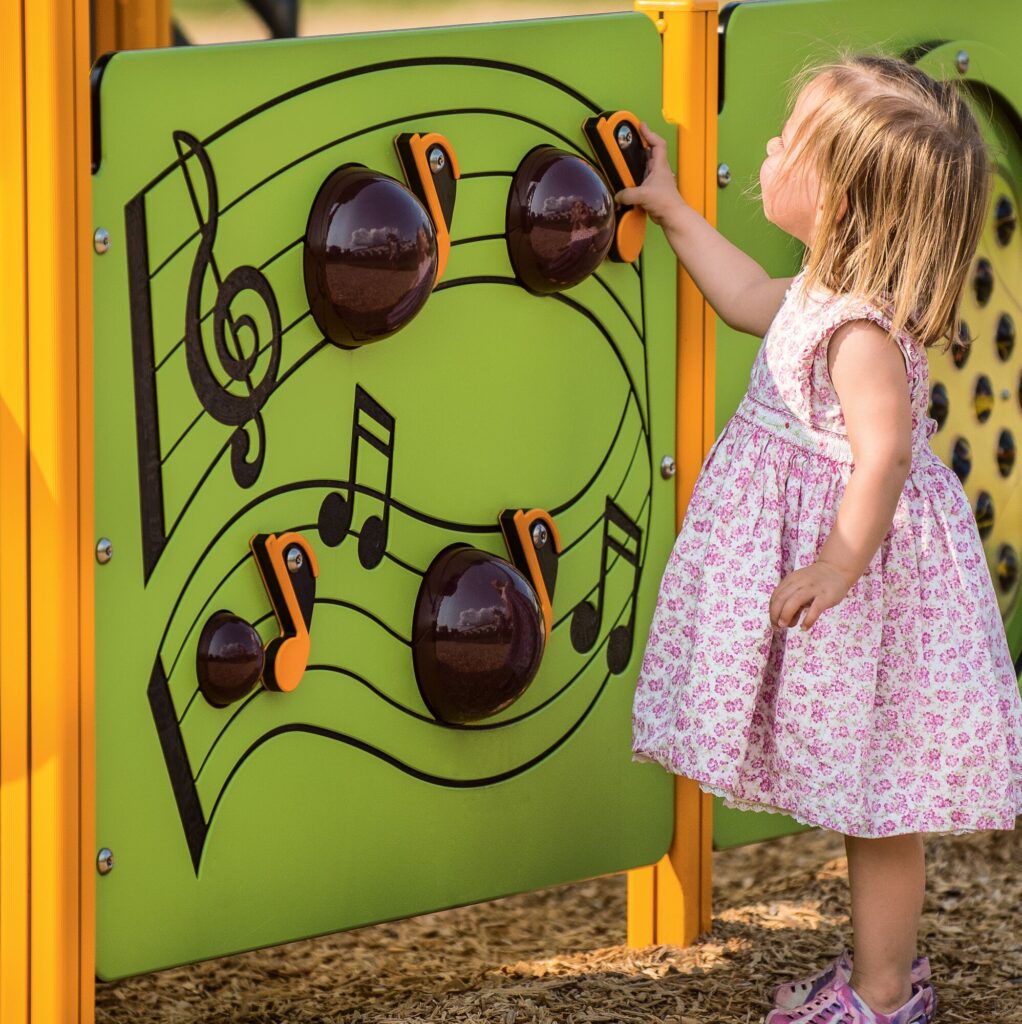
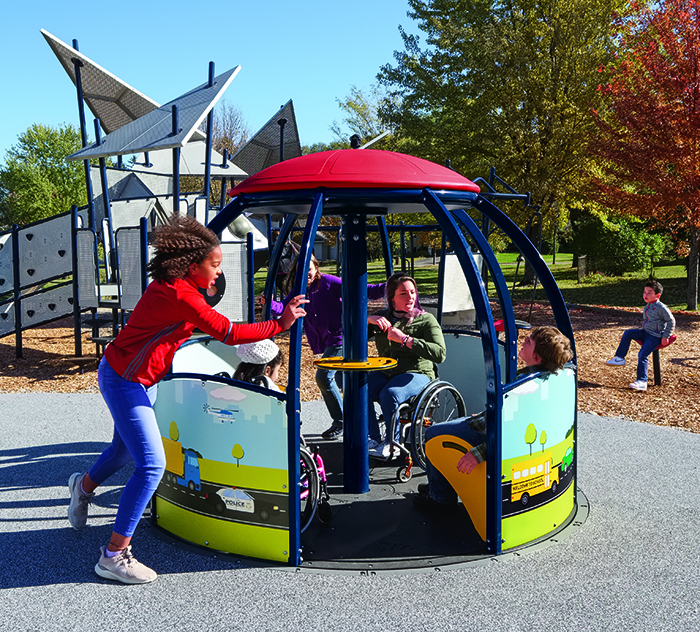
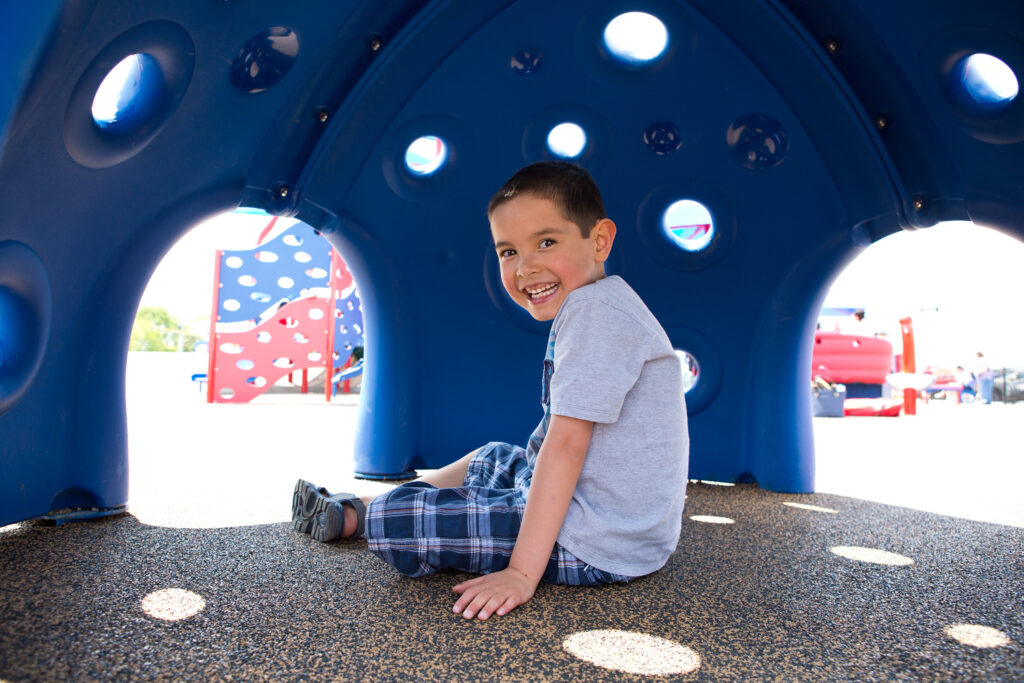
We can also design playstructures to offer a variety of interactive panels in a variety of positions—including musical or auditory components. Our inclusive playgrounds also incorporate quiet, cozy spaces where overstimulated kids can go for a calming escape to regain their equilibrium and recharge.
There are many other ways that playground design can invite children of all abilities to play, explore and learn with confidence. Learn more about designing inclusive playgrounds to meet the needs of your community at playlsi.com. And learn more about sensory processing and how to help spread awareness for it at spdstar.org.

